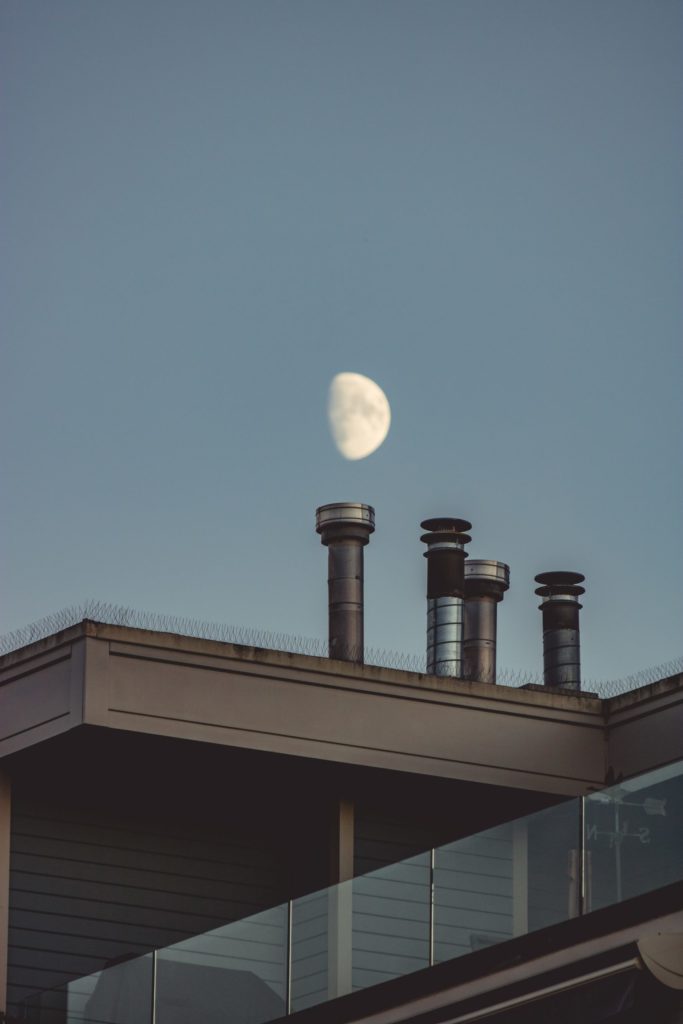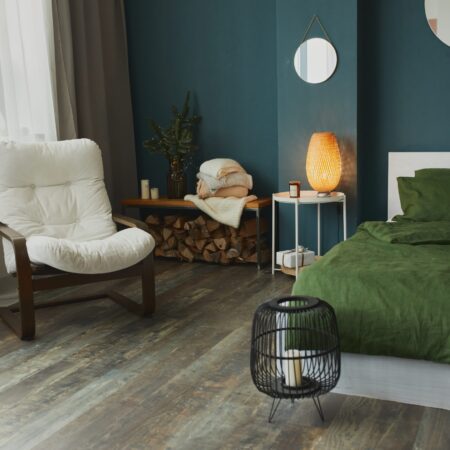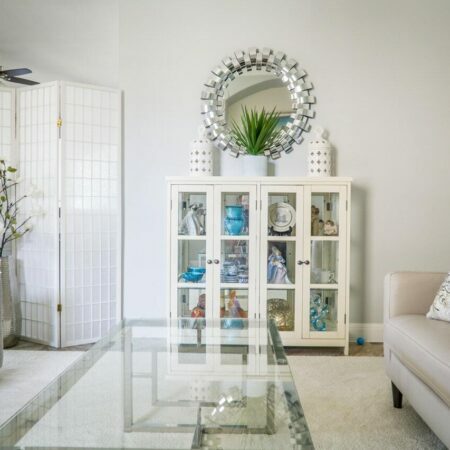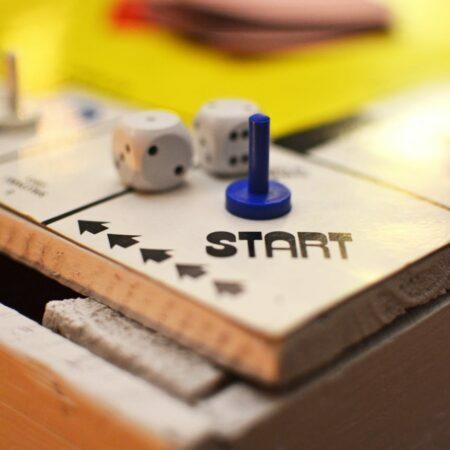Whether you’re a homeowner or caretaker, you should get to know the Chimney Safety Institute of America (CSIA). Since its inception in 1983, CSIA has been educating the public about the dangers, safety, and maintenance of chimneys. According to CSIA, loud cracking, popping noise, dense smoke, and intense smell indicate a chimney fire.
Moreover, the majority of chimney fires go undetected since there isn’t sufficient air or fuel to burn visibly. No need to get alarmed; we’ll show you how to keep a chimney fire from happening.
1. Carry out a routine chimney inspection.

According to the CSIA, the best way to prevent a chimney fire is to have a CSIA certified professional perform an annual chimney inspection. Remember we said that the majority of chimney fires burn undetected. That’s why you need to have a thorough inspection of your wood stove, fireplace, or furnace at least once a year.
Chimney inspections range from surface assessment, video scanning to partial chimney tear-down—depending on the level of the damage. The professional will remove creosote and soot inside the chimney walls. They can also detect any damage and perform repair work on those areas.
2. Minimize creosote buildup.
As the by-products from the wood combustion exit the fireplace, condensation occur, leading to a creosote buildup inside the chimney’s inner walls. By closing the glass doors and damper, you’re indirectly increasing the residence time in the flue, making it more probable for creosote to form.
If the creosote builds up on the chimney wall in sufficient quantities and the flue temperature increases, the chance of a chimney fire occurring is also high. This is because all forms of creosote are highly combustible. Also, the restricted air supply can encourage the buildup of creosote which invariably causes chimney fires.
3. Clean your chimney.

Wood combustion releases several contaminants that stick on the inside wall of the chimney. These by-products can slow down the wood combustion in the chimney. This will make it difficult to start fires, and when you do, they won’t burn with as much intensity.
A dirty chimney or poorly maintained flue can lead to chimney fires. To prevent fires, try to clean your chimney regularly. It would be best if you cleaned your chimneys before the start of the fire-burning season. This will also indoor air quality.
The good news is that you don’t have to pay a professional chimney cleaning company to do the cleaning for you. All it takes is to jam a broad chimney brush down the flue to remove the soot and creosote. However, if you’d rather leave it to a professional, this comes with many benefits. The cleaning processes typically include a sweep of the firebox, smoke chamber, smoke shelf, flue, and flue liner.
4. Install a chimney cap.
Chimney caps are used to cover the top of the chimney. Most caps are made of copper mesh or steel. Chimney caps keep things like water, animals, snow, and exterior materials from entering the chimney. What’s more, they keep by-products of wood combustion like smoke, carbon monoxide, creosote, flammable organic debris, and heat from going out. Chimney caps help improve fire safety in your home. What’s more, they come in a range of styles and sizes depending on the type of chimney you have. For instance, the chimney cap for a masonry chimney will be a poor fit for an air-cooled one. More importantly, when installing a chimney cap, take accurate measurements before settling for one.
5. Use well-seasoned hardwood.
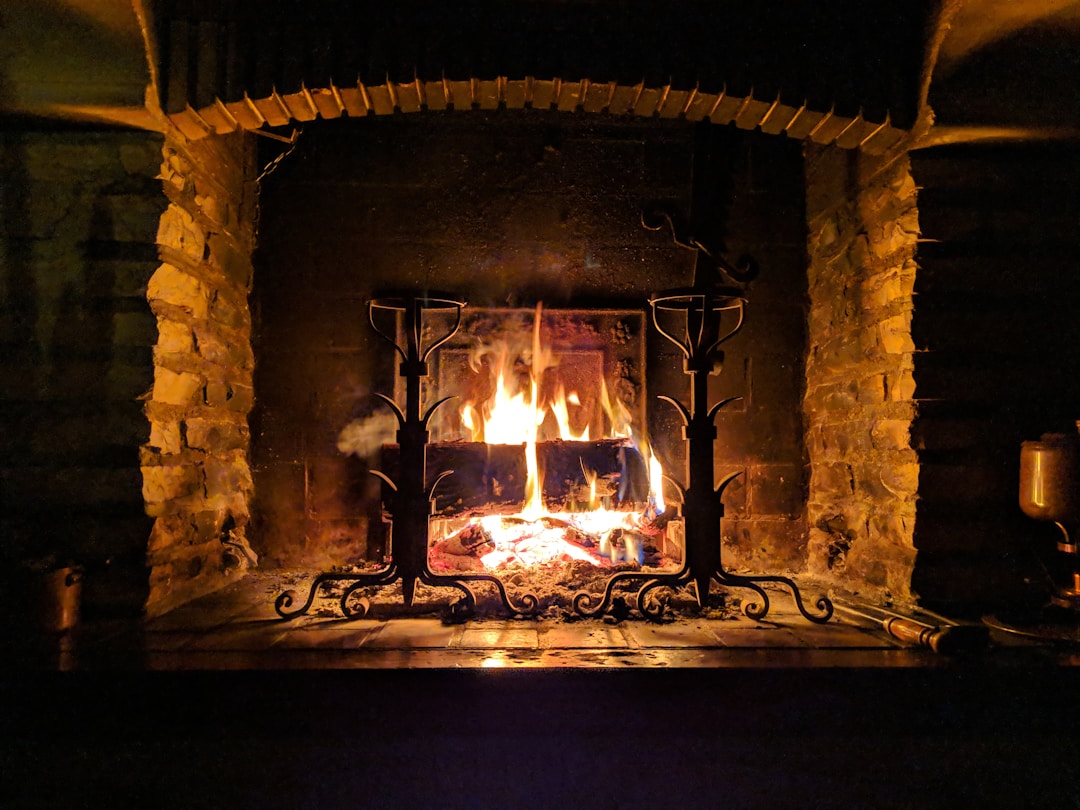
CSIA recommends the use of well-seasoned hardwood or logs as fuels for your wood stove or fireplace. Avoid using highly flammable liquids like gasoline and kerosene to start a fire. Likewise, cease burning coal unless you’re using a coal-burning wood stove. Burning coal can raise the flue temperature, thereby increasing the chance of a chimney fire. You see, well-seasoned hardwood is easier to start, burns cleaner, and produces more heat. Burning wet wood will result in less heat and acidic water inside the chimney.

